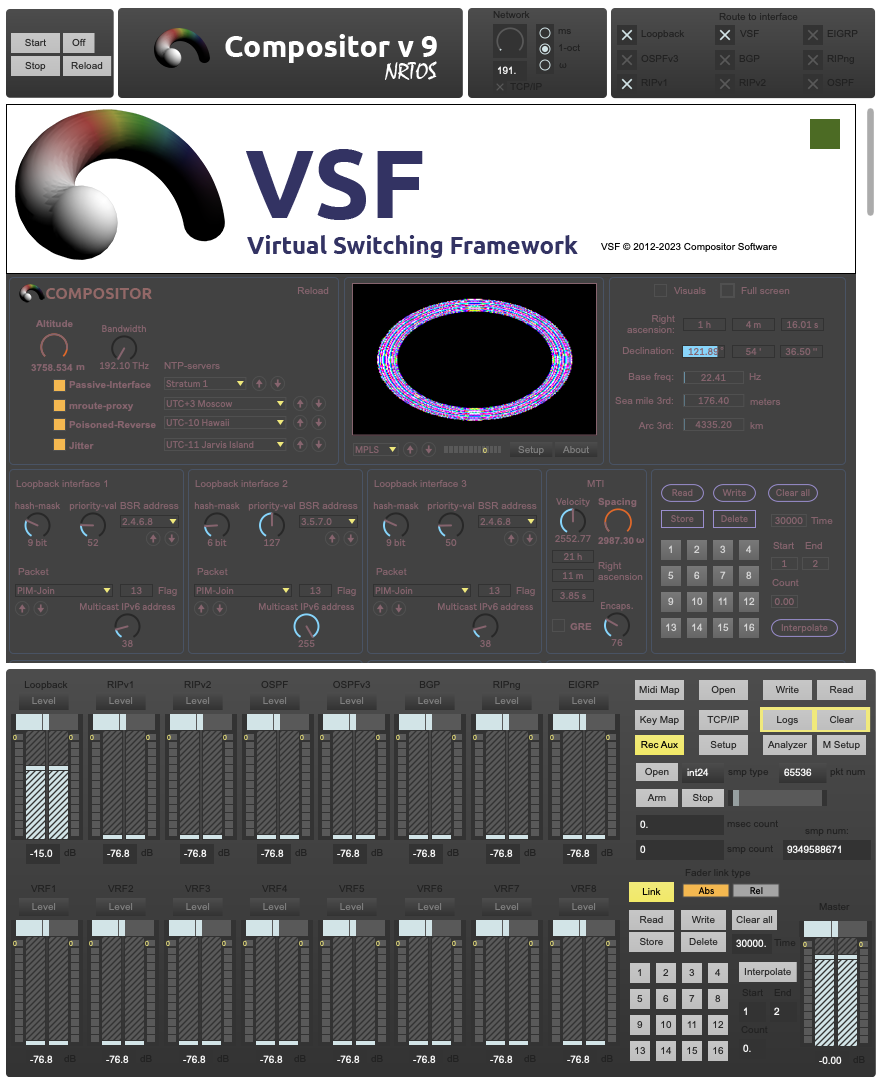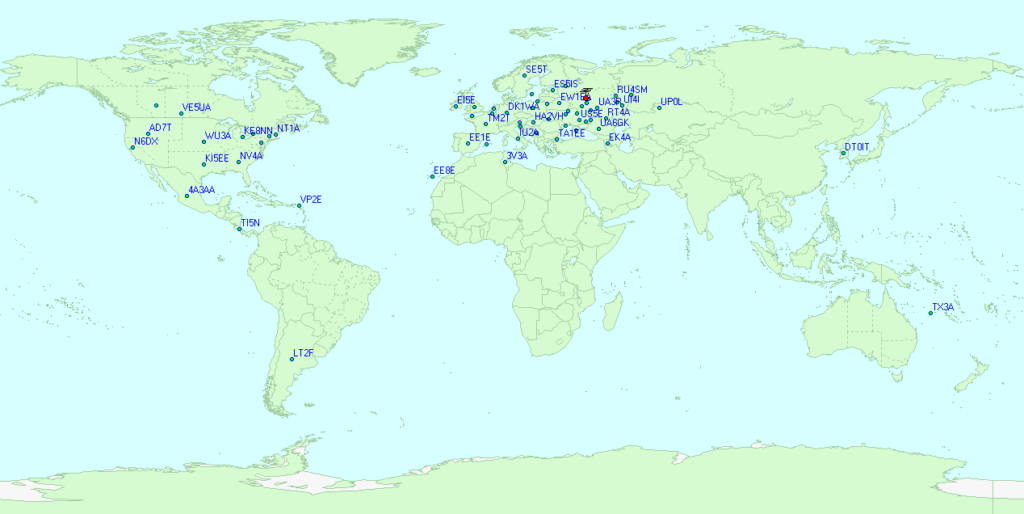Compositor NRTOS v9 - DRM server
Points of Dispatch
Container ships carry goods from China to the Dutch port of Dronten along the Silk Trade Route. Parcel includes, in particular, electronics, both corporate and household. The corporate sector consists of: routers, switches and other equipment. The household sector mainly consists of mobile phones. These products get there in parcels. That is, in large wooden boxes, which contain lots of equipment. Upon arrival at the port, the parcel needs dispatching, that is, unpacking. At the first dispatching, each box of the batch is unpacked and MAC-tables with a specific device number are translated from mobile devices. This is done for both OEM and branded devices. At the moment of translation, MAC-tables received at the destination point by the non-duplex modem and written one by one. They are written in WAVE 24-bit containers – not like 48-bit original EUI-48 table, but in 24-bits to exclude the first 24-bits of the MAC-table, which contains the device OUI. This OUI is later replaced by the Russian manufacturer with a non-existent OUI (vendor id). This is a vendor id that is not in the IEEE registry. Non-existent OUI is added to NIC via Compositor NRTOS 9. The resulting location of the final router is carried out by setting NTP-servers of three loopback channels, which must geographically correspond to their BSR routers (Bootstrap Router). Since the upstream route uses mroute-proxy (upstream proxy) it usually set destination routers in USA and Spain. This separation is due to the fact that Compositor NRTOS 9 operating system was built on the basis of odometry navigation system, which uses Right Ascension for the uplink channel and Deviation for the downlink channel. The OUI information of the MAC-table comes from loopback channels and is encapsulated in MTI (Multicast Tunnel Interface) for 8 multicast destinations. Sparse-SM and Sparse-DM multicast is used and hosts for OUI encapsulation are loaded from various multicast listening groups, consisting of tables that were translated at the first dispatching. Thus, bulk (mass) rerecording of OUI is carried out on all devices of the parcel. After the first dispatching, the goods are packed again in boxes and goes to the second dispatching in Germany by a truck. There, this procedure is repeated again with the translation of MAC-tables. MAC-tables are translated by a special native application, which uptime is higher than the device’s uptime. Ideally, the uptime of such an application should be significantly higher than the uptime of the first device being flashed. After two dispatches there are two domestic OEMs – one is Dutch and the other is German. After that, the parcels are again chartered in a container and transported to St. Petersburg. There, the third and final dispatching takes place with the translation of tables, where the equipment finally becomes Russian.
VSF, Compositor AVPs Extension, RIPv1, RIPv2, OSPF, OSPFv3, BGP, RIPng, EIGRP

Compositor NRTOS 10.1.7.1 demo video
Network maps composition
Encapsulating the OUI’s into a batch of equipment in Compositor NRTOS 9, you can write false routes using the author’s technology for converting from EUI48 to EUI64 and IPv6. False routes are written on top of the MAC-tables so that the original manufacturer cannot trace its devices and return the OUI of the original manufacturer, again making the equipment non-Russian. Why it is important to save the rewritten MAC-table: since the MAC-table is nothing more than a non-existent OUI, which contains information about the geographic location of the device and, in particular, the layers of NTP-servers, then a very remote location from the source of the original routing table is selected. This is how the equipment becomes localized. Plus, it is positioned on an odometric basis in the Global Navigation System (GPS).
